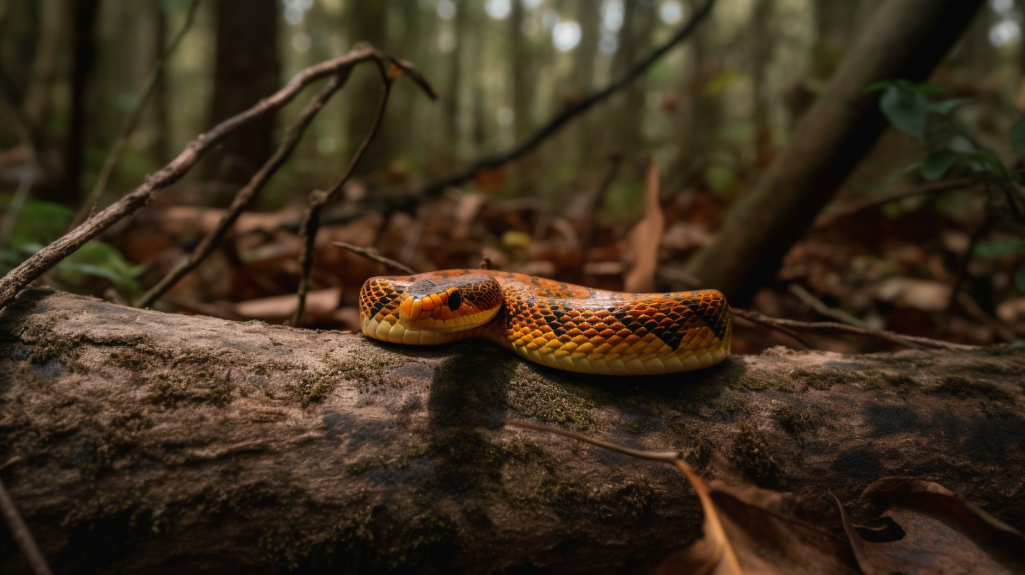Camping in the great outdoors is a fantastic way to escape the hustle and bustle of daily life and connect with nature. However, while communing with nature can be a rewarding experience, it also comes with certain risks, particularly when it comes to encounters with wildlife. Animal attacks during camping trips, though relatively rare, can be distressing and even life-threatening if not handled correctly. In this article, we will explore the common types of animal encounters while camping and discuss essential tips for staying safe in the wilderness.
Bear Encounters
Bears are among the most iconic animals in North America and can be found in various habitats, including forests, mountains, and national parks. While bear attacks are relatively uncommon, they can happen, and campers should be prepared for such encounters.
Prevention and Safety Tips:
- Store food securely: Bears are often attracted to campsites by the scent of food. Use bear-resistant containers or bear bags to store your food away from your campsite.
- Make noise: Announce your presence by talking, clapping, or singing while hiking. Bears will usually avoid humans if they know you’re nearby.
- Carry bear spray: Bear spray is a potent deterrent that can deter an approaching bear if used correctly. Familiarize yourself with its use before your trip.
- Know how to react: If you encounter a bear, stay calm, and avoid direct eye contact. Back away slowly and do not run. In the event of a charge, stand your ground and use bear spray if necessary.
Snake Encounters
Venomous snakes can be found in many camping areas around the world, and bites can be life-threatening. Being aware of the types of snakes in your camping area and understanding their behavior is crucial.
Prevention and Safety Tips:
- Learn about local snakes: Research the region you’ll be camping in and familiarize yourself with the types of snakes you might encounter.
- Watch your step: Snakes often hide in tall grass, under rocks, or in debris. Be cautious where you step, sit, or reach.
- Wear appropriate clothing: When hiking in snake-prone areas, wear long pants and closed-toe shoes to minimize the risk of a bite.
- Keep a safe distance: If you encounter a snake, do not attempt to handle it. Maintain a safe distance and allow it to move away on its own.
Insect Bites and Stings
Insects, such as mosquitoes, ticks, bees, and wasps, are common nuisances while camping. While most insect bites and stings are not life-threatening, they can lead to discomfort and allergic reactions.
Prevention and Safety Tips:
- Use insect repellent: Apply an insect repellent with DEET to exposed skin and clothing to deter insects.
- Wear protective clothing: Cover up with long sleeves, pants, and a hat to minimize exposed skin.
- Check for ticks: After spending time outdoors, thoroughly check your body for ticks, which can transmit diseases like Lyme disease.
- Carry antihistamines: If you have known allergies to insect stings, carry antihistamines or an epinephrine auto-injector if prescribed by a doctor.
Conclusion
Camping offers incredible opportunities to connect with nature and unwind from the stresses of modern life. While animal encounters are relatively rare, it’s crucial to be prepared and informed about the potential risks. By following preventative measures and knowing how to react in different situations, campers can greatly reduce the chances of animal attacks and ensure a safe and enjoyable outdoor experience. Remember that respecting the wildlife and their habitats is essential for the well-being of both humans and animals in the wilderness.

